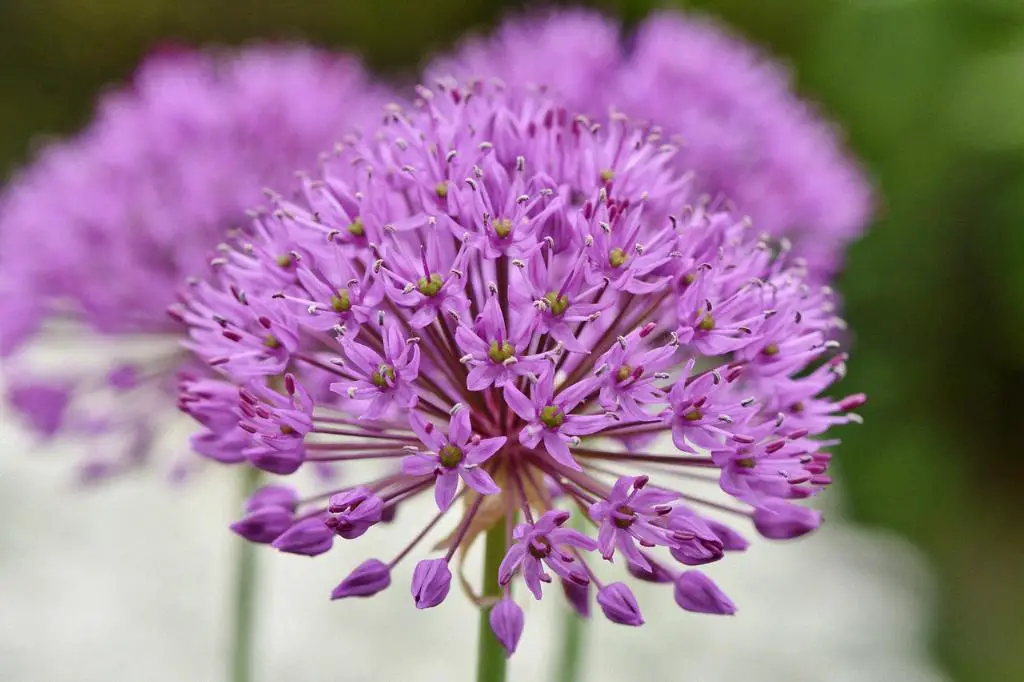Alliums, commonly known as ornamental onions, are a popular choice among gardeners for their unique globe-shaped flowers that add a burst of color and architectural interest to gardens. However, once the flowers have bloomed and faded, knowing what to do with alliums after flowering is crucial to ensure their continued health and vitality.
Why Alliums Need Attention After Flowering
After the blooming stage, allium plants enter a critical post-flowering period where proper care is essential for their overall well-being. This stage determines the plant’s ability to store energy for the next growing season and influences the quality of future blooms.
Options for Allium Aftercare
1. Deadheading faded blooms: Removing spent flower heads not only enhances the aesthetic appeal of the plant but also prevents the formation of seeds that could divert energy from bulb development.
2. Providing adequate watering and sunlight: Alliums thrive in well-drained soil and ample sunlight. Ensuring proper watering and sunlight exposure post-flowering is vital for their growth and development.
3. Removing spent foliage: Trimming back yellowing or dying foliage helps the plant conserve energy and directs its resources towards bulb growth.
4. Dividing overcrowded allium bulbs: If your allium bulbs have become overcrowded, dividing them after flowering allows for better air circulation, prevents disease, and encourages healthy growth.
5. Storing bulbs for next season: Properly storing allium bulbs after flowering in a cool, dry place ensures their viability for the following growing season.
Common Mistakes in Allium Aftercare
1. Not deadheading on time: Failure to remove faded blooms promptly can affect the plant’s energy allocation and seed production.
2. Over or under watering: Incorrect watering practices post-flowering can lead to root rot or dehydration, impacting the plant’s health.
3. Ignoring bulb division: Neglecting to divide overcrowded bulbs can result in reduced flowering and overall plant vigor.
4. Inadequate storage practices: Improperly storing bulbs post-flowering exposes them to moisture and pests, leading to decreased bulb viability.
Benefits of Proper Allium Aftercare
Implementing proper aftercare techniques post-flowering offers numerous benefits, including:
1. Improved growth in the next blooming season: Well-cared-for alliums produce healthier blooms and foliage in subsequent years.
2. Healthier bulbs and plants: Adequate aftercare supports bulb development and plant vitality, enhancing their resilience to diseases and stress.
3. Enhanced aesthetic appeal in the garden: Well-maintained alliums contribute to a beautiful garden landscape and create a visually appealing display.
Conclusion
In conclusion, giving proper attention to alliums post-flowering is essential for maintaining the health and beauty of these stunning plants. By following the recommended aftercare practices and avoiding common mistakes, gardeners can ensure vigorous growth, vibrant blooms, and long-term success in cultivating alliums within their garden spaces.

